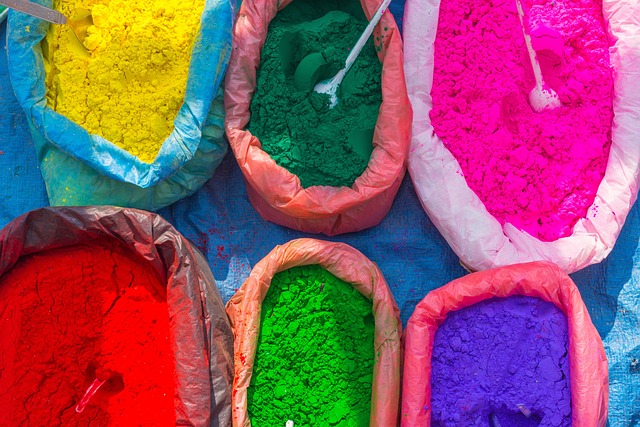The Science of Display Saturation: Exploring its Impact on Visual Clarity
When you gaze at your favorite movie or dive into a visually rich video game, have you ever paused to consider what makes those colors pop and feel so alive? The secret often lies in saturation, a crucial element in display technology that dramatically influences how we perceive visuals. In the world of displays, saturation is more than just a technical term—it’s the emotional bridge between an image and the viewer.
Understanding Saturation and Its Role in Displays
Saturation refers to the intensity or purity of a color. Imagine a red apple; when fully saturated, the red appears vivid and rich, bursting with life. Desaturate that red, and it washes out, losing its visual punch and falling into dull grays. In display technology, saturation shapes how authentic and striking colors look on screen.
Modern displays strive to balance saturation levels to deliver images that are both vibrant and natural. Too much saturation can make colors look exaggerated or unrealistic, whereas too little can render images flat and uninspiring. This balance affects not just personal entertainment but also professional fields like digital art, photography, and design, where color accuracy is paramount.
Why Saturation Matters for Visual Clarity
Visual clarity goes beyond sharpness; it’s about how distinctly an image presents information to your eyes. High saturation can enhance contrast between colors, helping details stand out. This means you can distinguish between subtle shades and textures more easily, improving overall perception.
For example, in nature documentaries, rich saturation can bring out the lushness of a forest or the vibrant feathers of a bird, making the experience immersive. Conversely, in medical imaging or technical displays, precise control over saturation ensures that important details are conveyed without misleading exaggeration.
The Emotional Connection of Saturation
Saturation also plays a psychological role. Colors with vivid saturation tend to evoke stronger emotional responses—think of the exhilarating rush when watching an action scene with deep, saturated hues. Displays that effectively render saturation can thus enhance user engagement and enjoyment.
Moreover, personalized adjustments to saturation allow users to tailor their viewing experience to their preferences or needs. Some might prefer muted tones for relaxation, while others lean toward vibrant colors to energize their environment.
Future Trends in Saturation Technology
Innovations in display technology, like OLED and quantum dots, promise even better control over saturation levels. These advancements enable screens to deliver a broader color gamut with higher saturation accuracy, revolutionizing how we see digital content.
Calibration tools and AI-driven algorithms are also helping devices optimize saturation dynamically, adapting to lighting conditions and content type to maintain optimal visual clarity.
Understanding saturation helps you appreciate the complex science behind those beautiful images on your screen, transforming passive viewing into an enriched visual journey.




